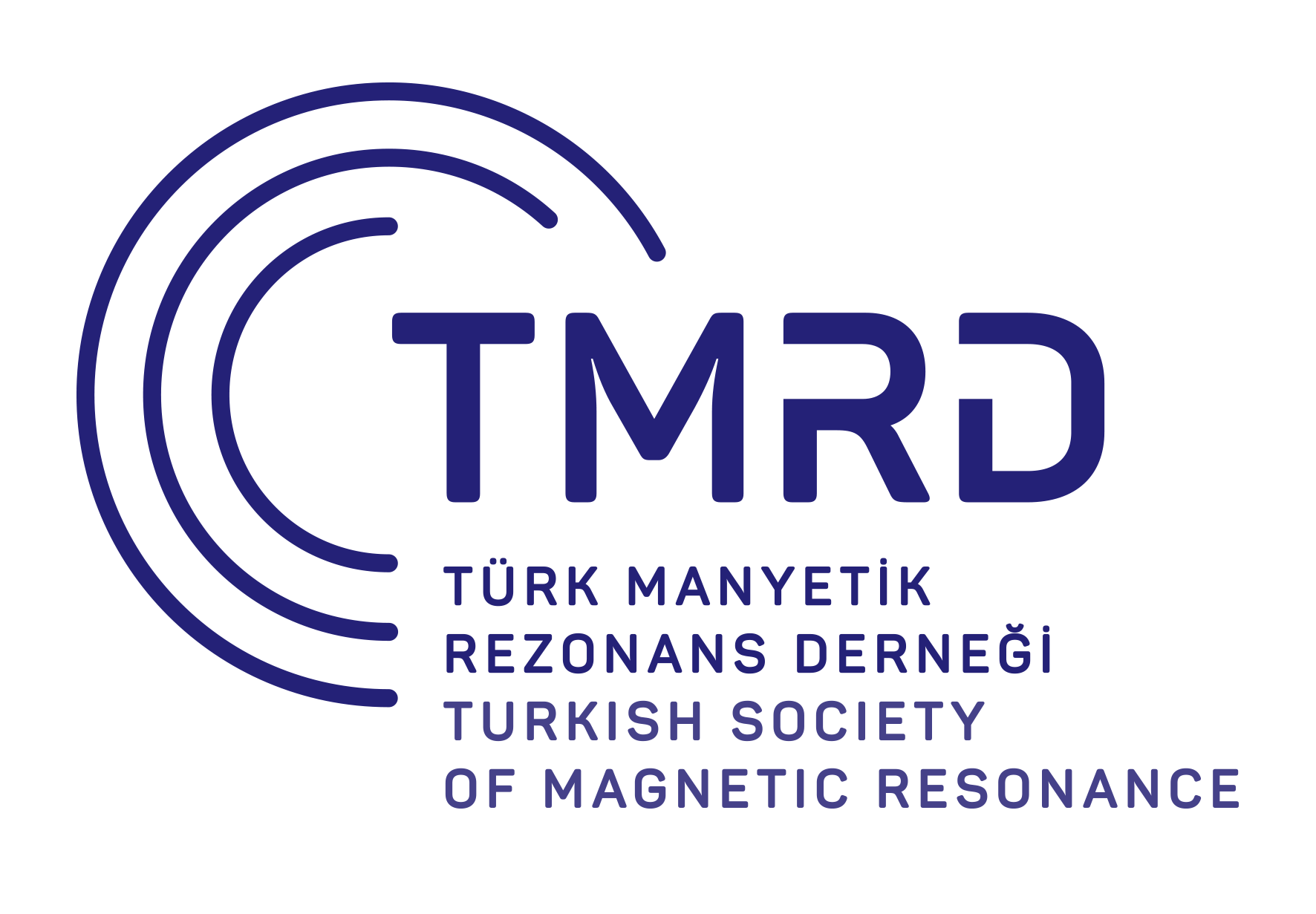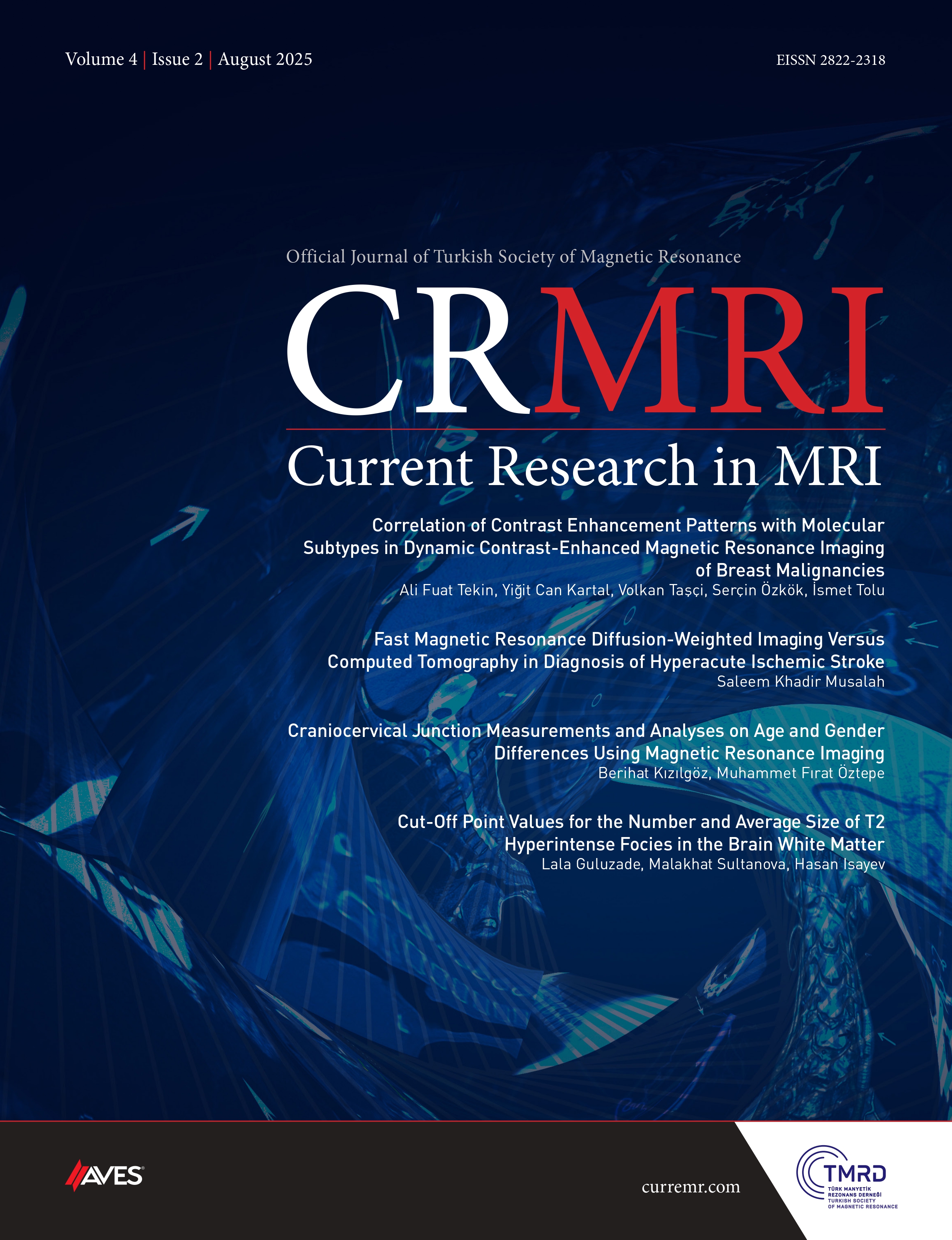Objective: The aim of this study is to determine the cut-off values for the increase in the number and average size of T2 hyperintense focies in the brain white matter in patients with arterial hypertension (AH), type 2 diabetes mellitus (T2DM), both conditions combined, and in healthy individuals.
Methods: A total of 275 patients aged between 35 and 70 years were included in the study. The imaging was performed using a Siemens Magnetom Aera 1.5 Tesla magnetic resonance imaging device. T2 hyperintense foci were assessed using the turbo inversion recovery magnitude sequence with a slice thickness of 3.5 mm and a 10% interslice gap. Quantitative and qualitative data obtained during the study were analyzed using variation, discriminant, dispersion, correlation, Receiver Operating Characteristic (ROC) analysis, and evidence-based medicine methods with MS Excel 2019 and IBM SPSS Statistics 26 software.
Results: In healthy individuals, the cut-off point for the number of focies was determined to be 12, and the average focus size was 2.9 mm. In patients with AH, the cut-off value was 14 foci with a mean size of 1.9 mm. For those with T2DM, the corresponding values were 14 foci and 2.9 mm in average size. In individuals with both AH and T2DM, the cut-off point was 23 for foci, while the average foci size was 2.9 mm.
Conclusion: By establishing group-specific cut-off values, this study provides clinicians with a useful reference point to support differential diagnosis in routine practice.
Cite this article as: Guluzade L, Sultanova M, Isayev H. Cut-off point values for the number and average size of T2 hyperintense focies in the brain white matter. Current Research in MRI, 2025;4(2):45-49.



.png)
